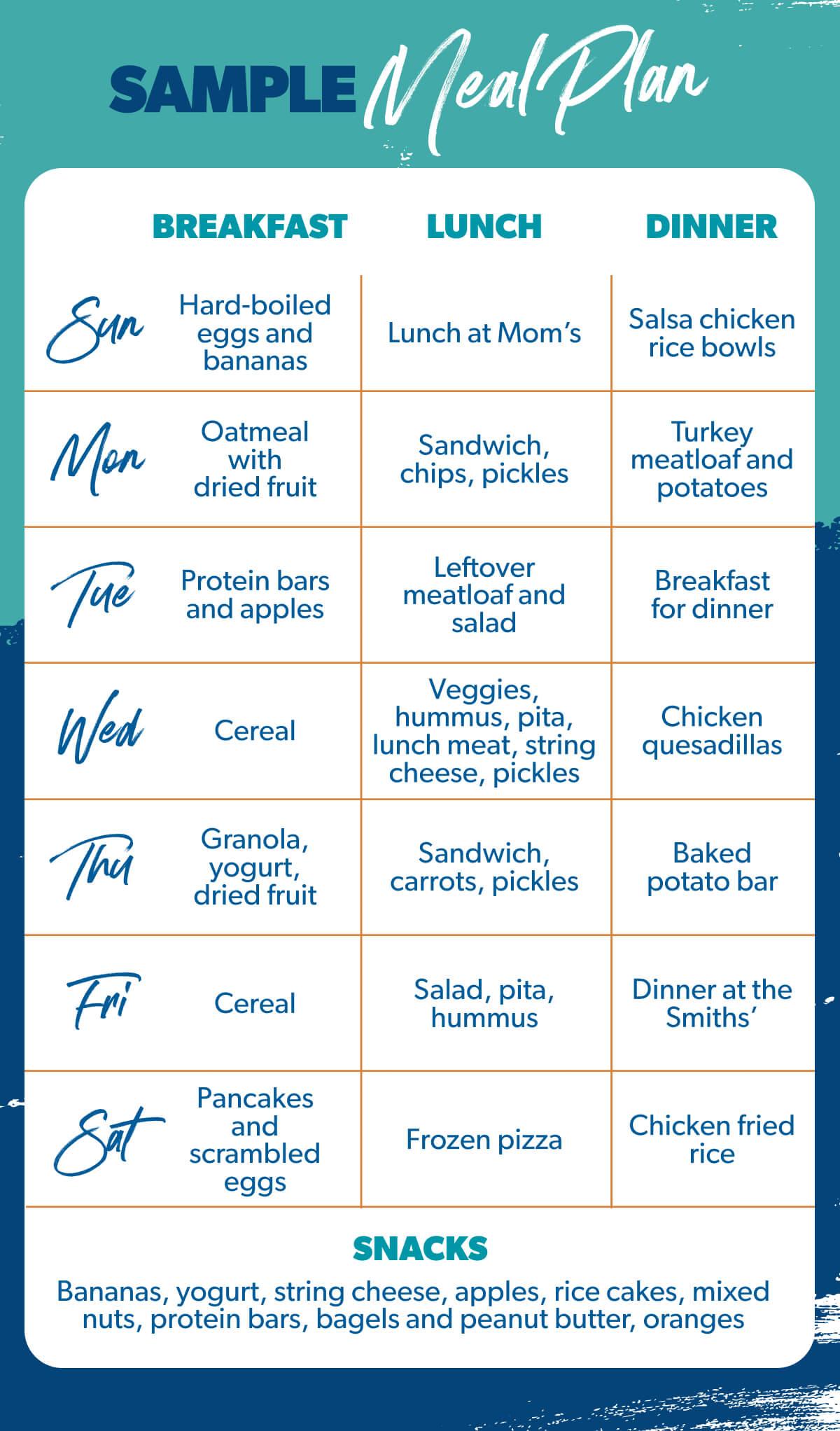Creating a diet plan that keeps you full and energized is not just about counting calories or eliminating food groups—it’s about understanding your body’s unique needs and fueling it with the right nutrients to sustain your lifestyle. In today’s fast-paced world, maintaining energy levels throughout the day while avoiding the pitfalls of hunger can seem daunting, but with the right approach, it’s entirely achievable. This article will guide you through the essential steps to design a personalized diet plan that not only satiates your hunger but also boosts your vitality. By focusing on balanced nutrition, strategic meal planning, and mindful eating, you can transform your dietary habits into a powerful tool for maintaining energy and well-being. Get ready to embark on a journey towards a more fulfilling and invigorated you.
Understanding Nutritional Needs for Sustained Energy
To maintain sustained energy throughout the day, it’s essential to understand the core components of nutrition that fuel your body effectively. A balanced diet should include a mix of macronutrients—carbohydrates, proteins, and fats—each playing a crucial role in energy production. Carbohydrates are the body’s primary energy source, so opt for complex carbs like whole grains, legumes, and vegetables that provide a steady release of energy. Proteins are essential for repairing tissues and maintaining muscle mass, with sources like lean meats, fish, and plant-based options such as beans and lentils being excellent choices. Fats, often misunderstood, are vital for brain health and energy, so include healthy fats from avocados, nuts, and olive oil.
To keep your energy levels stable, consider incorporating these strategies into your diet plan:
- Eat regular meals and snacks: Avoid long gaps between meals to prevent energy dips. Aim for balanced meals every 3-4 hours.
- Stay hydrated: Dehydration can lead to fatigue. Drink plenty of water throughout the day.
- Prioritize fiber-rich foods: Foods high in fiber, like fruits, vegetables, and whole grains, can help maintain energy levels by slowing down digestion.
- Limit sugar and refined carbs: These can cause rapid spikes and drops in blood sugar, leading to fatigue.
By focusing on these elements, you’ll create a diet plan that not only keeps you full but also energized and ready to tackle your daily tasks with vigor.

Incorporating Protein and Fiber for Long-Lasting Fullness
To maintain sustained energy levels and prevent those pesky mid-afternoon cravings, integrating a strategic balance of protein and fiber into your meals is essential. These nutrients work synergistically to slow digestion and promote a feeling of fullness. Start by incorporating lean protein sources such as chicken breast, tofu, or legumes into your meals. These not only provide the building blocks for muscle repair but also help stabilize blood sugar levels, reducing the likelihood of sudden hunger pangs.
Equally important is the inclusion of fiber-rich foods. Think along the lines of whole grains, vegetables, and fruits. These foods add bulk to your meals, ensuring that you feel satisfied longer. Some practical tips include:
- Swapping white rice for quinoa or brown rice.
- Adding a handful of nuts or seeds to your salad for an extra fiber and protein boost.
- Opting for whole-grain bread or pasta instead of refined options.
- Incorporating a variety of colorful vegetables in every meal.
By consciously planning your meals with these nutrients, you’ll not only enhance your dietary satisfaction but also support a more balanced and energized lifestyle.

Balancing Macronutrients to Prevent Energy Crashes
To maintain consistent energy levels throughout the day, it’s essential to balance your macronutrients effectively. Carbohydrates, proteins, and fats each play a crucial role in your body’s energy regulation. Begin by ensuring that your meals contain a balanced mix of these macronutrients. Carbohydrates are your body’s primary energy source, but opt for complex carbs like whole grains and legumes to avoid sudden spikes and crashes in blood sugar. Proteins are vital for muscle repair and satiety, so include lean meats, beans, or tofu in your meals. Fats, especially healthy ones like avocados and nuts, are necessary for sustained energy and hormone production.
- Carbohydrates: Choose whole grains, fruits, and vegetables for a steady energy release.
- Proteins: Incorporate lean meats, fish, eggs, or plant-based options for muscle support.
- Fats: Include sources of healthy fats like olive oil, nuts, and seeds to keep you satiated longer.
By mindfully distributing these macronutrients in your diet, you can prevent the dreaded afternoon slump and maintain a steady flow of energy. A practical approach is to aim for a macronutrient ratio tailored to your lifestyle and energy needs, commonly suggested as 40% carbs, 30% protein, and 30% fats. Adjust these ratios based on your personal health goals and how your body responds, and you’ll find a noticeable difference in your energy levels.

Creating a Meal Schedule to Optimize Energy Levels
Developing a structured meal schedule is essential for maintaining consistent energy levels throughout the day. Begin by aligning your meal times with your body’s natural rhythms. This can be achieved by following a pattern such as:
- Breakfast: Aim for a balanced meal within an hour of waking to kickstart your metabolism.
- Mid-morning snack: Incorporate a small snack to bridge the gap between breakfast and lunch, preventing energy dips.
- Lunch: Focus on a nutrient-dense meal around midday to sustain energy for the afternoon.
- Afternoon snack: Choose a light, protein-rich snack to maintain focus and avoid late-day fatigue.
- Dinner: Have a well-rounded dinner a few hours before bedtime to ensure a restful night.
When crafting your meal schedule, it’s crucial to incorporate a variety of macronutrients—carbohydrates, proteins, and healthy fats—in each meal. This combination supports stable blood sugar levels and sustained energy release. Additionally, staying hydrated is just as important as eating well. Ensure you’re drinking enough water throughout the day to enhance cognitive function and physical performance.
